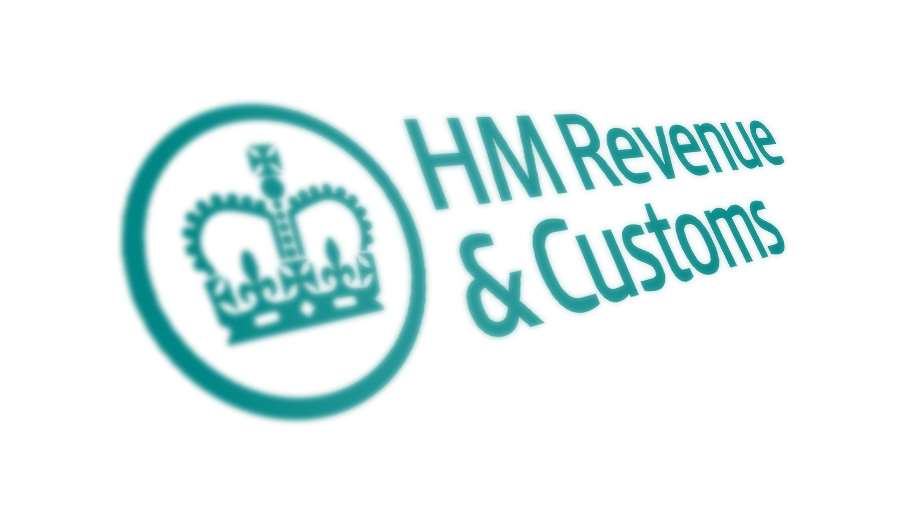What are your views on the new CEST tool?
03 December 2019
03 December 2019

Rhian Lloyd, Senior Manager at Aspire, discusses HMRC’s new and shiny Check Employment Status for Tax tool (‘CEST’) which was unveiled on 25 November 2019. The Employment Status Manual has also been updated to provide extensive guidance on CEST (see ESM 11005 et seq)– this includes a background on the topics explored by the tool as well as examples throughout.
One update is that the CEST tool now asks you to differentiate as to whether you are using the tool to determine whether a worker is employed or self-employed, or whether the off-payroll working rules apply or not. I assume this is for clarification purposes only for the wording of the outcomes as we cannot see that there is any difference between the questions relevant to the status of the individual.
Background
CEST was introduced in March 2016 as an online multiple-choice mechanism to determine a worker’s employment status for tax and National Insurance Contribution (NIC) purposes. It has been under intense scrutiny and, almost immediately following its introduction, HMRC have been working on this new, updated version.
HMRC’s considerations
The party completing CEST could be the worker, the hirer (‘client’) or the agency. Interestingly, the guidance and the tool itself do not refer to an umbrella company/contracting intermediary throughout, despite these entities being prevalent in off-payroll working supply chains and where they do appear, are the fee payer.
The details required to complete the tool are in relation to;
What about mutuality of obligation (‘MOO’)?
As you can see, HMRC have decided to uphold their decision not to include MOO as a consideration for CEST. HMRC’s view is that MOO exists where a consideration is made (i.e. a worker works in exchange for pay). This contradicts the general opinion that MOO only applies if the hirer has an obligation to offer work and the worker has an obligation to accept that work offered.
It is disappointing that HMRC have not updated their stance on MOO, or other aspects of the tool for that matter, following losing several IR35 challenges at Tribunal.
HMRC’s stance
HMRC continue to state that they will stand by the result of CEST provided the information input is accurate. CEST does not keep a permanent record of entries or results therefore you must download or print a copy of the result if you plan to rely on the CEST result.
HMRC warn against contrived arrangements which they define as;
“Where parties deliberately use information that does not reflect the actual contractual or working arrangement, or artificially create circumstances to arrive at a particular outcome”.
Those who achieve results through contrived arrangements could be subject to financial penalties.
CEST Output
Unhelpfully, the first time that I used the updated CEST tool, the outcome I received was “Unable to make a determination (for whether the off-payroll working rules apply)”. This is one of six available outcomes, along with whether or not the off-payroll working rules apply and whether the worker is employed or self-employed or if this cannot be determined.
If an outcome cannot be determined, HMRC state further guidance and advice will be provided by contacting the HMRC helpline. Alternatively, HMRC recommend seeking advice from tax advisors.
Speak to us
Let us know your thoughts if you have used the new CEST. Join us at our seminars on 11 February 2020 in London and 13 February 2020 in Birmingham where we will be discussing the off-payroll rules and other key new legislation. Booking information will be released shortly. To express an interest email enquire@aspirepartnership.co.uk.